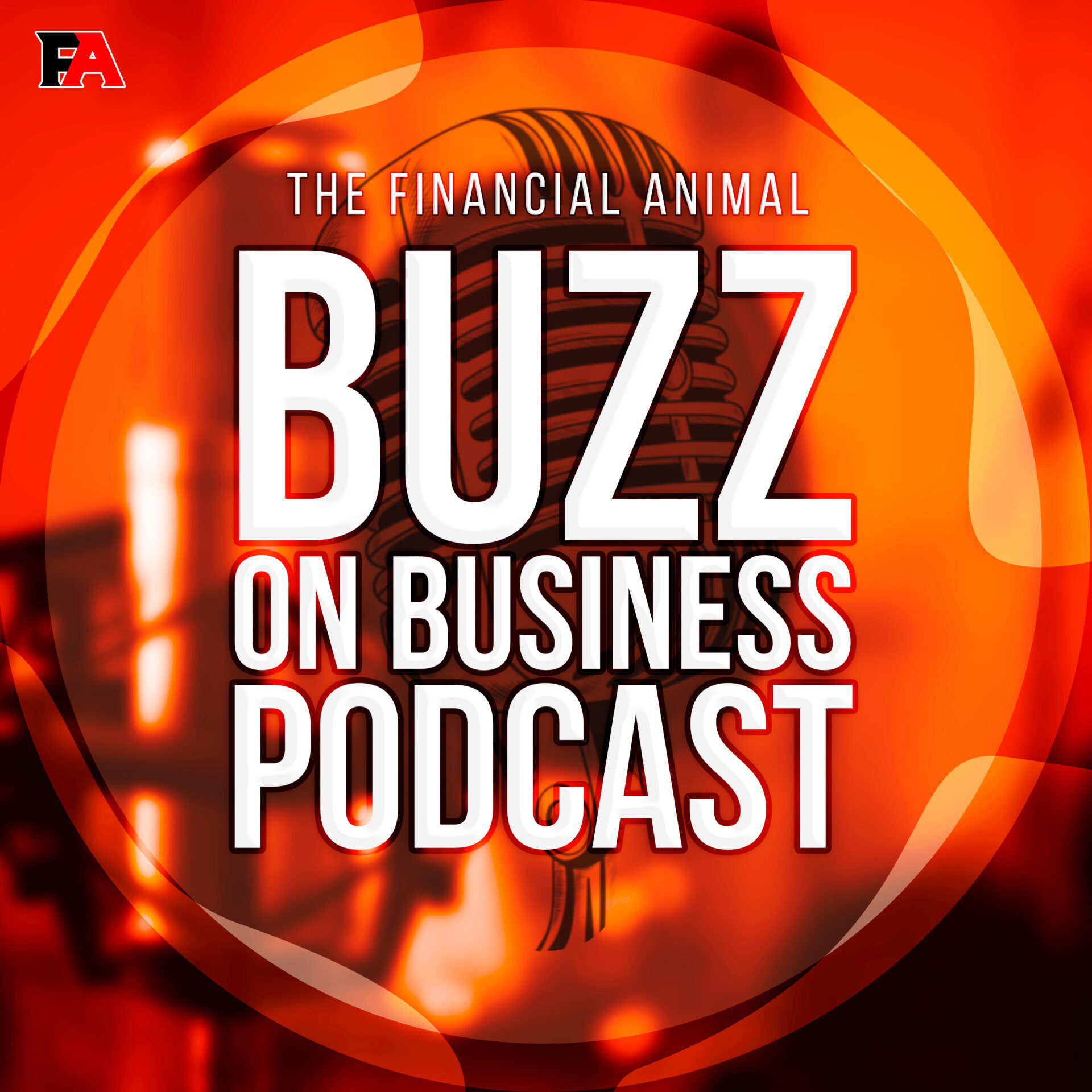
As expected, the Federal Reserve Open Market Committee did not change interest rates as it concluded two days of meetings on Wednesday afternoon, but it did change its policy in a small but important way. And depending on your point of view, this change is a sign that the Fed is either confident about the future course of inflation or petrified about the strength of the economy.
Over the last twenty-five years or so, the Fed has engaged in what’s known as Open Market Operations, where it buys and sells US Treasury securities—government bonds—in the open market.
When the Fed is a buyer, it increases the demand for bonds, which tends to push interest rates down. When it sells, it increases the supply of bonds in the open market, which pushes rates up.
When it buys bonds, it does so with money it creates. It prints money and uses it to buy government debt. This increases the money supply, which is inflationary. Conversely, when it sells bonds, it reduces the money supply. These bonds are purchased by traders and investors using their own money, which takes money out of circulation. This reduces the money supply and is deflationary.
For two decades or more, in response to crisis after crisis, the Fed has been buying bonds and increasing the supply of money. This is, in some contexts, known as Quantitative Easing or growing its balance sheet.
In 2000, the Federal Reserve held about $700 billion dollars in US government securities on its balance sheet, a record at the time. In 2022 it peaked at almost $9 trillion. In other words, the Federal Reserve printed over $8 trillion to fund government operations over the last two decades.
The only surprise is that inflation hasn’t been even more devastating.
For the last two years or so, the Fed has been selling these bonds, reducing its admittedly bloated balance sheet and, in so doing, reducing the money supply. Its balance sheet now stands at about $7.5 trillion, which is ridiculously high by any reckoning.
On Wednesday, it announced that it was slowing the pace of these sales.
We think this is the wrong signal to send and a strategic and tactical policy mistake.
Markets loved it. For about forty-five minutes.
Stocks, bonds, gold, and even bitcoin skyrocketed at the conclusion of the Fed meeting and the subtle change in its Quantitative Tightening regime, but traders thought better of it, and markets sold off hard into the close, to finish at or near their lows of the day.
Bonds likewise had a volatile day. Rates finished lower but had been much lower after the Fed’s statement.
Dozens more companies report earnings today, including Apple. The Street expects it earned $1.50 per share on revenue of $90.32 billion in the first quarter. The stock is off about fifteen percent so far this year.
Generally, earnings continue to be excellent, with the notable exception of fast food restaurants. We noticed in recent days McDonald's and Starbucks missed expectations. They were joined on Wednesday. By Yum Brands, parent of KFC, Taco Bell, Pizza Hut, and others. Could this mean a weakening in consumer sales? It bears watching.
A bit of mixed news from the labor market on Wednesday. The ADP Nonfarm payroll report came in well above expectations, but the JOLTS report, the job openings report, came in below expectations. The jobs openings numbers have been, over the last two years, far, far above trend. And this report may just indicate a reversion to the mean.
Wednesday brought two reports from the manufacturing sector, and they likewise came in mixed. The S&P Global US Manufacturing Purchasing Managers Index came in above expectations. But the ISM Manufacturing Purchasing Managers Index missed. We had hoped to see more strength out of the manufacturing sector in the first quarter. It was not to be.
Today we get initial and continuing jobless claims, a snapshot into the labor market. We also expect some additional commentary on the Fed, its statement, and its policy change.
Everyone here at the Ministry of Truth will be reading all tea leaves so we can report all of it to you here on The Buzz.